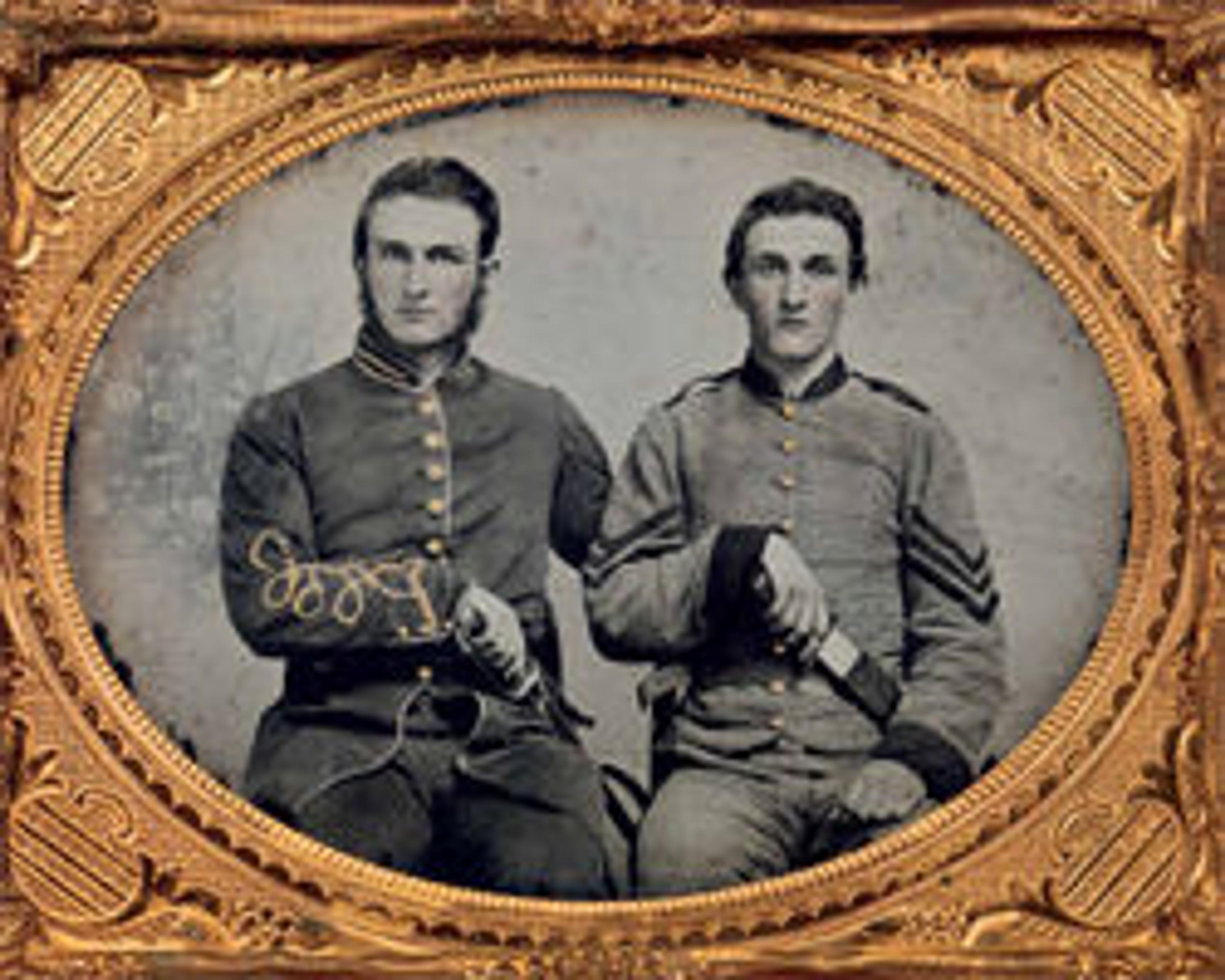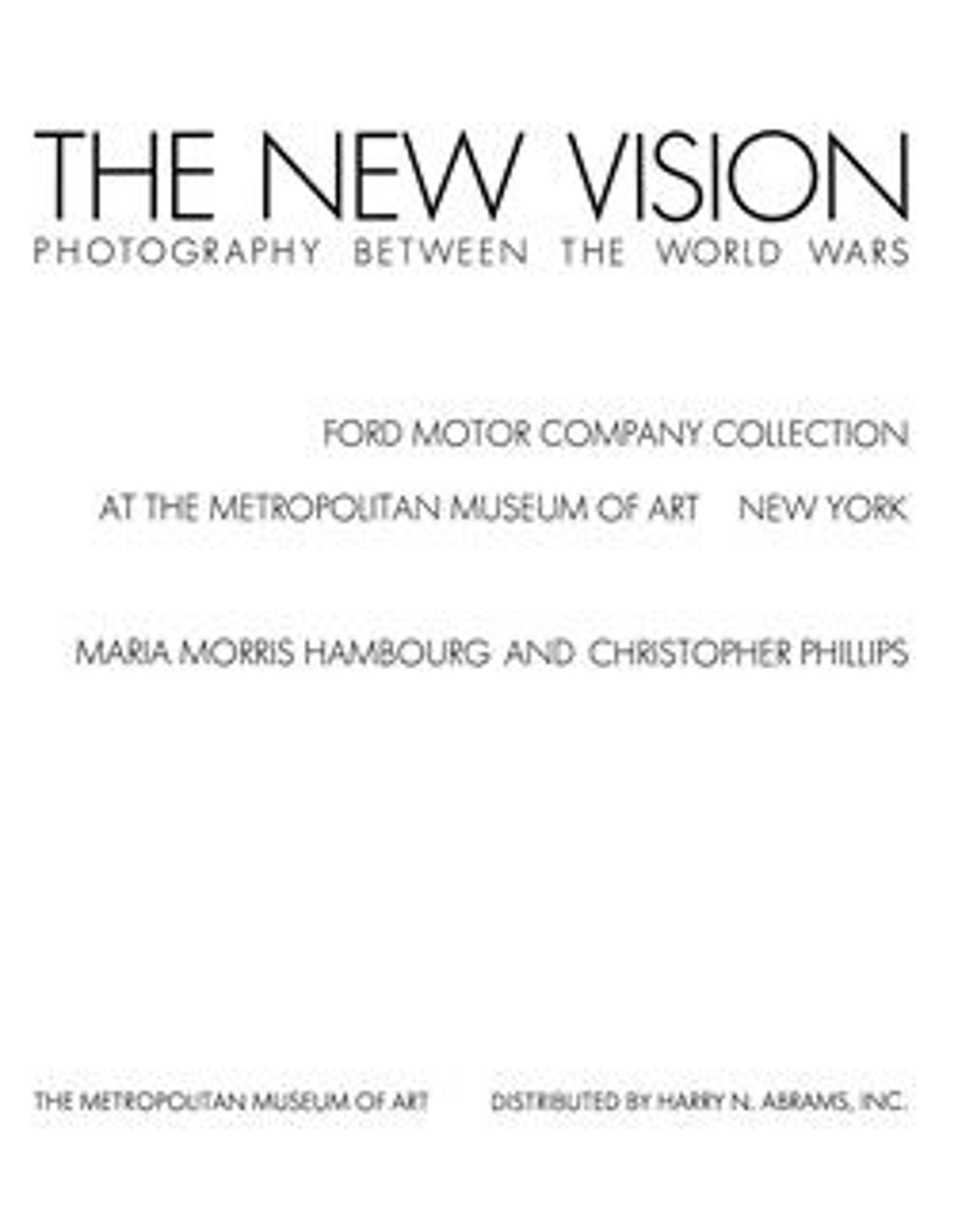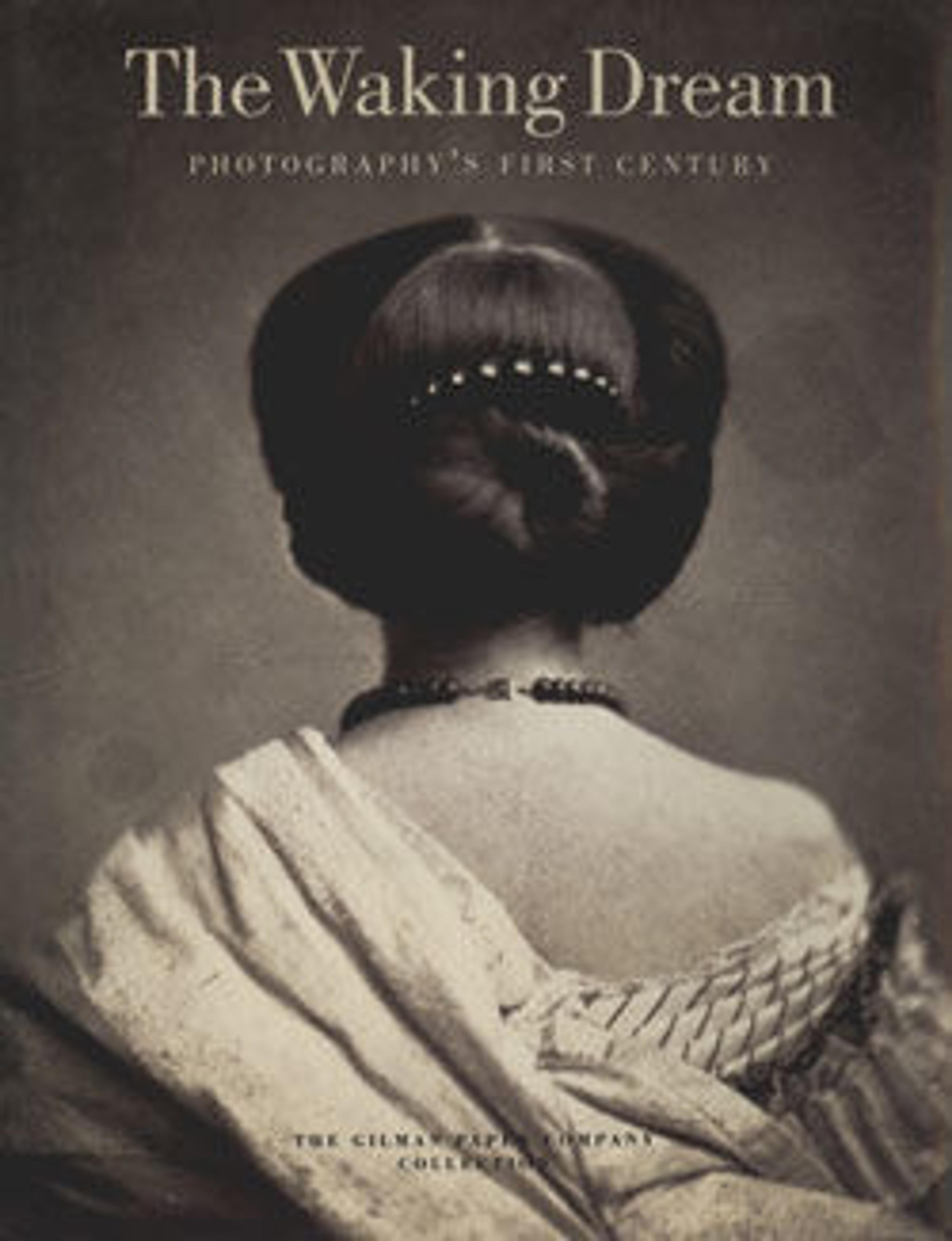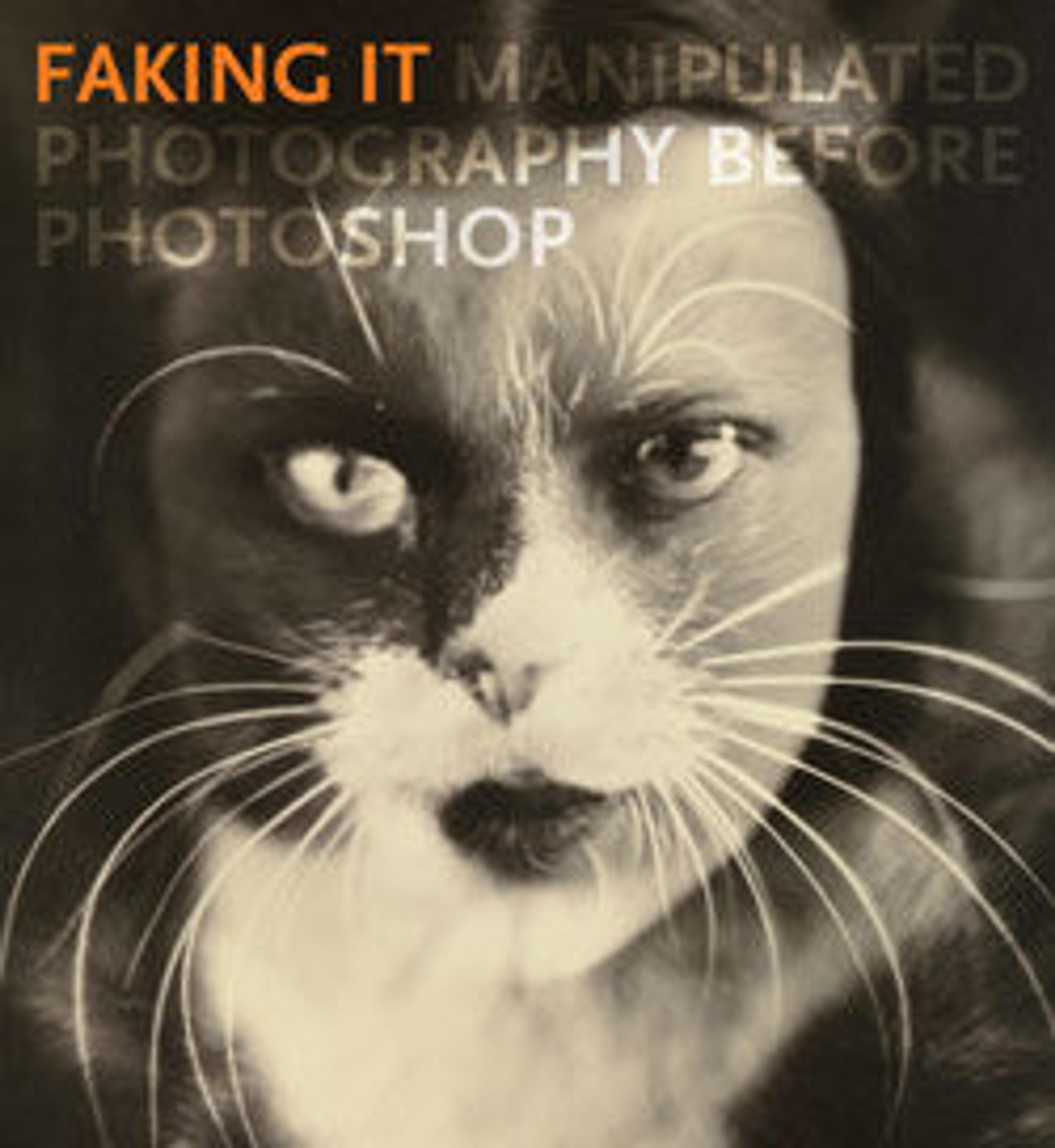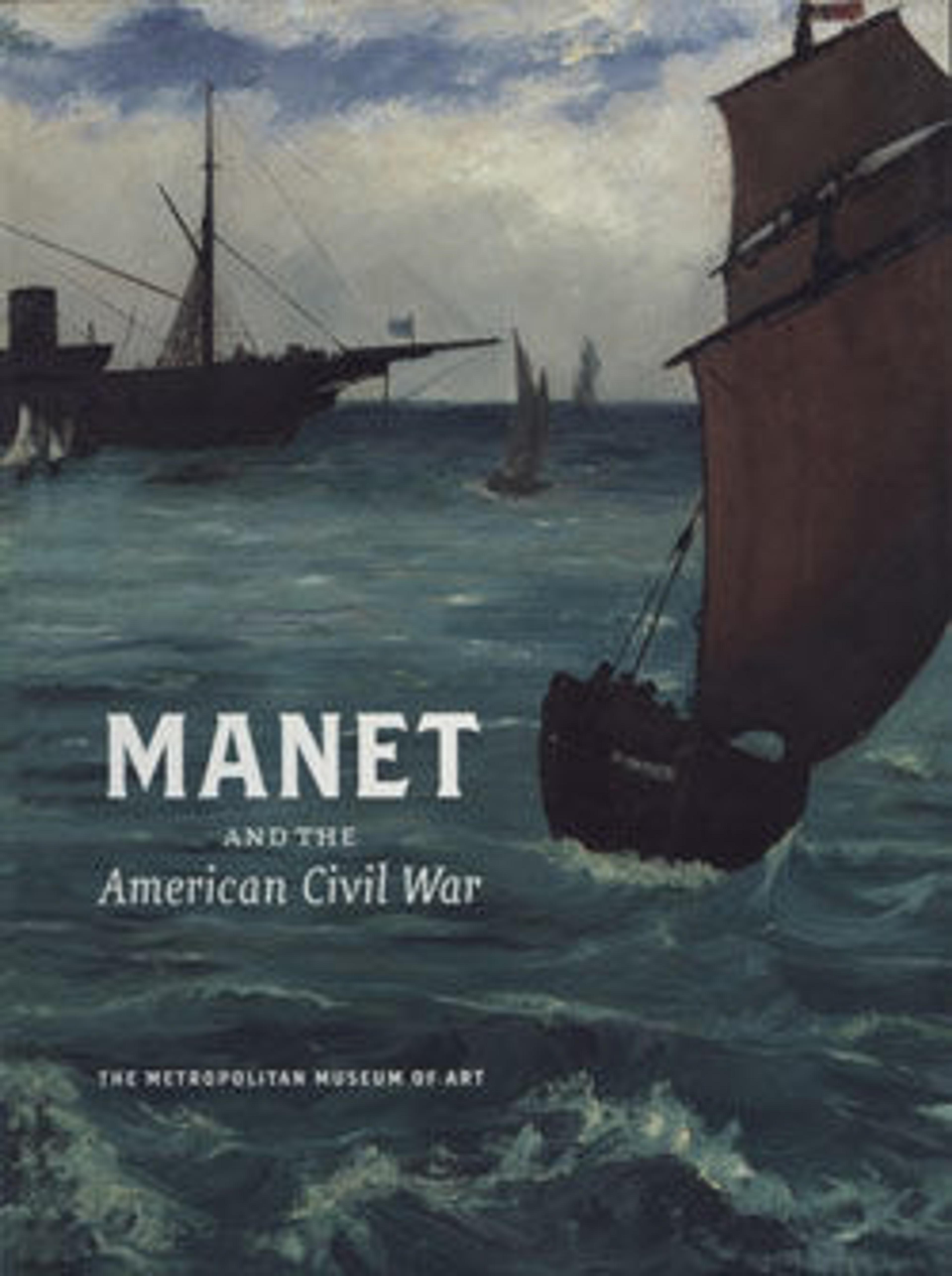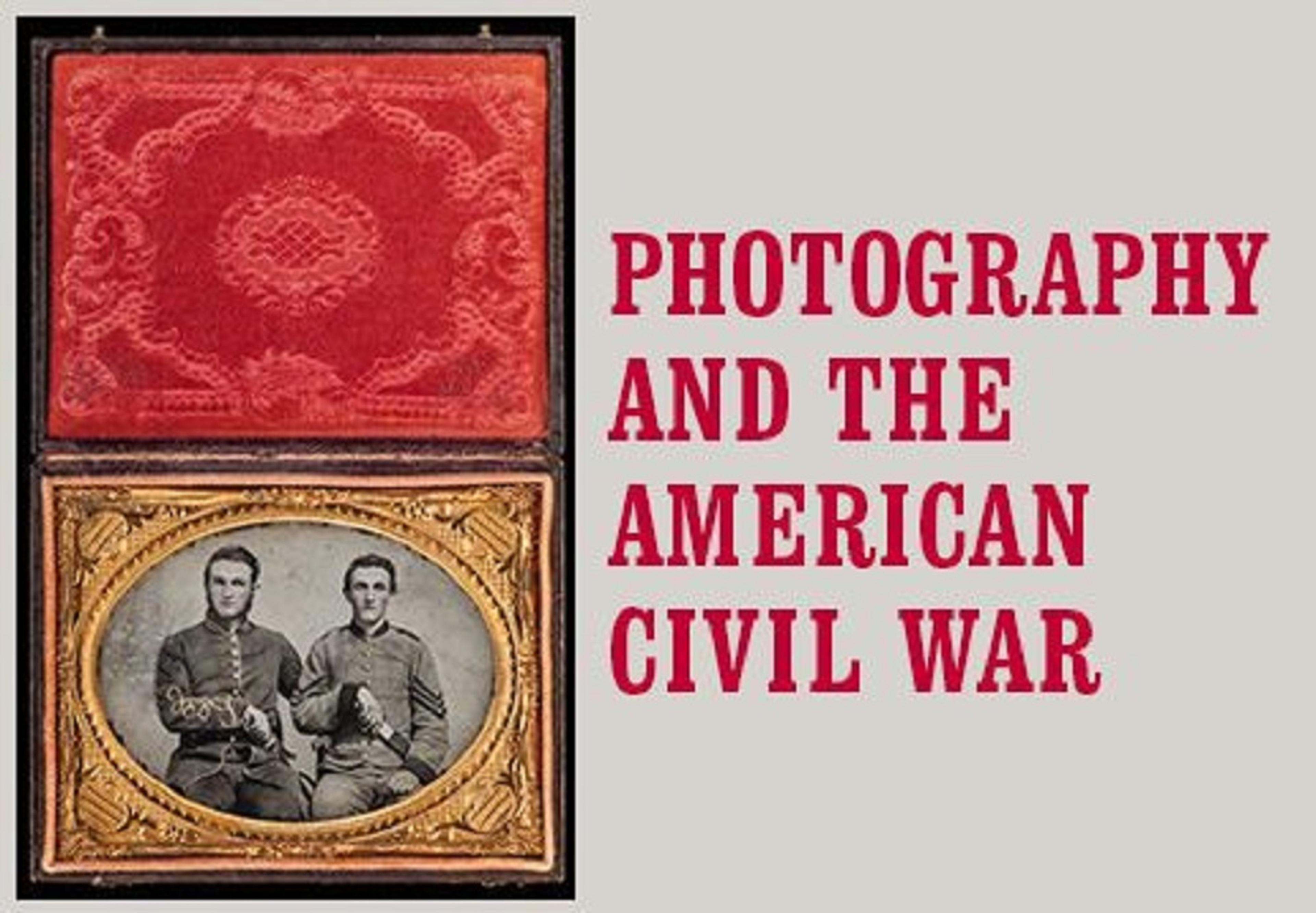
Photography and the American Civil War
From the moment the first photographs of the war appeared in the public sphere, their authority and visual power shaped the direction of American art. The dramatic events documented so effectively by the camera moved Frederic Church, Albert Bierstadt, Eastman Johnson, and other painters of the era to use an even more symbolic vocabulary. This in turn freed photography to focus on physical realities—the facts of life and death—that define the human experience. By the early decades of the twentieth century, when most of the combatants were dead, the photographs of the Civil War had developed a potent resonance that would last for years. Walker Evans, Robert Frank, Lee Friedlander, William Eggleston, and many others sharpened their observational and interpretive skills by looking at photographs by Brady, Alexander Gardner, Timothy H. O'Sullivan, and Andrew Joseph Russell. The images by these four photographres and all the others featured in this book remain a vibrant tradition for artists working today.
This exhibition comprises more than two hundred photographs, among them thirteen from the Museum's 1933 acquisition and thirty-two acquired in 2005 from the renowned holdings of the Gilman Paper Company. This second major purchase of Civil War photographs included a mint-condition copy of America's first photographic anthology, Gardner's Photographic Sketch Book of the War, from 1866. Together, with George N. Barnard's Photographic Views of Sherman's Campaign from the same year, purchased by the Metropolitan in 1970, Gardner's two-volume masterpiece forms the foundation of the Metropolitan's celebrated collection of nineteenth-century American photographs.
Met Art in Publication
You May Also Like
Press the down key to skip to the last item.
Citation
Rosenheim, Jeff L. 2013. Photography and the American Civil War. New York: The Metropolitan Museum of Art.
